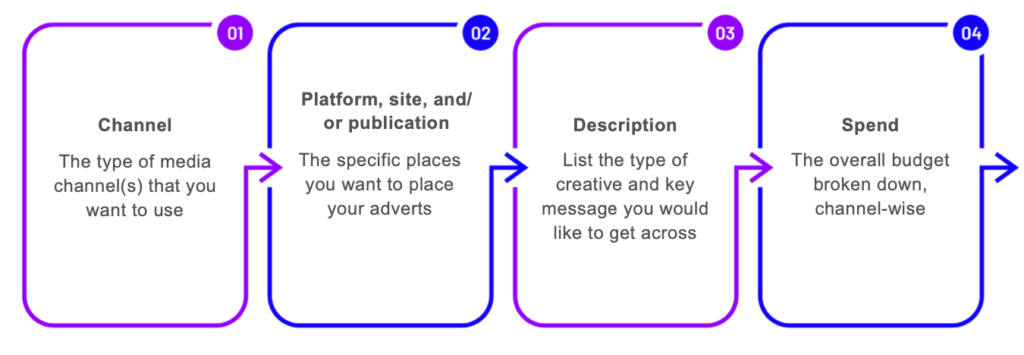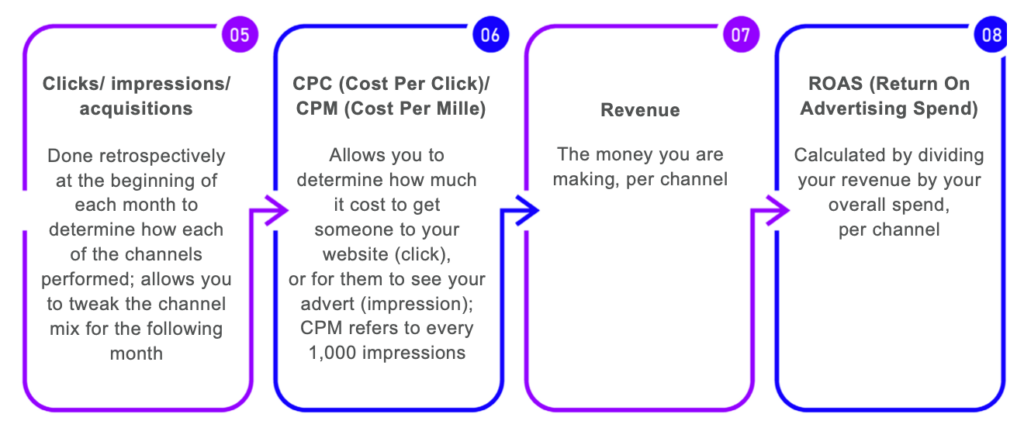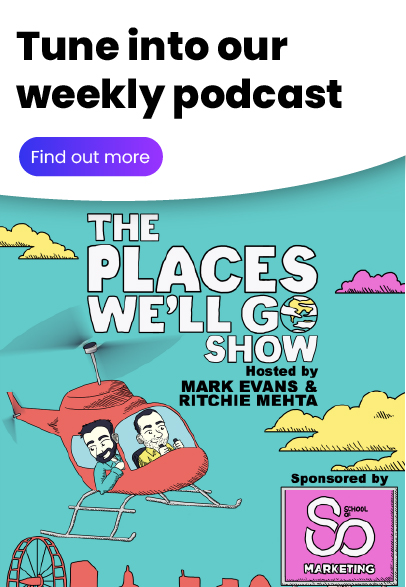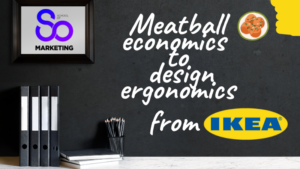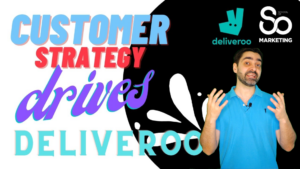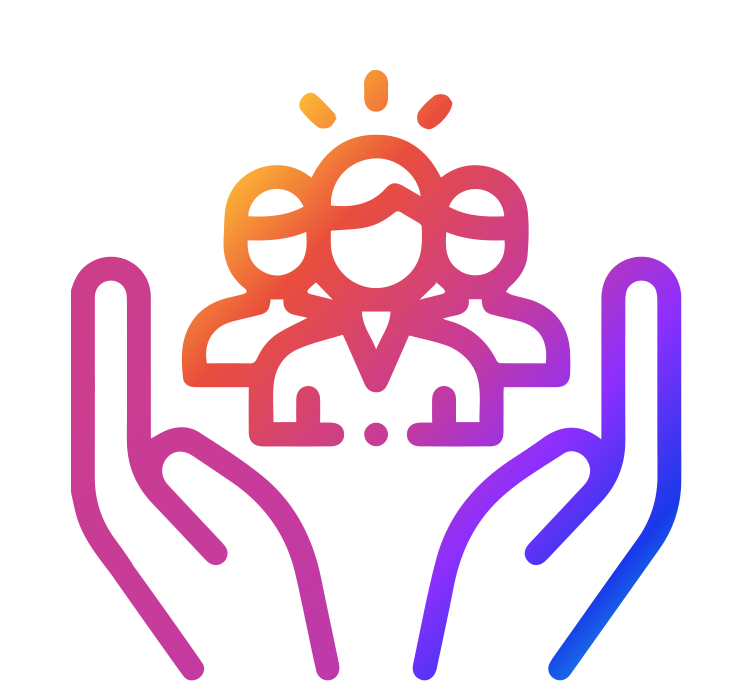Introduction
Think of integrated marketing communications as similar to an orchestral performance. As with most orchestras, the performance is led by a conductor who stands in front of the instrumental ensemble, guiding the musicians, setting the tempo, and shaping the overall sound. The conductor must also listen closely to help unify the performance of several musicians at a time, with different groups of instruments or solos entering at precise moments in the composition.

A marketer’s role is similar to not just that of the conductor, but the composer as well. Just as a composer creates a composition that combines the sounds of different families of instruments, a marketer too has to create a plan that brings together multiple channels and creative approaches that complement each other. Then, much like a conductor, the marketer must ensure that the plan is followed to a tee, allowing room for minor adjustments that may need to be made during the performance: the campaign itself.
It’s a multifaceted role that requires the marketer to juggle different skills, including dealing with stakeholders, managing multiple channels and, at times, helping with the creative to ensure it is as personalised as possible, so that it reaches the widest target audience. However, just as in an orchestral performance there is a fine line between enthralling one’s audience and saturating them, in marketing overwhelming the customer with too many communications can result in the opposite of the intended effect.
Part 1: Integrated Marketing Communications
“Integration means communicating a consistent identity from message to message, and medium to medium, and (more importantly) delivering consistently on that identity. It requires not only the identification of a powerful, unifying strategy and compelling voice for your brand, but the discipline to roll it into every aspect of your organization.”
The single-most important factor that has contributed to Integrated Marketing Communications (IMC) is the explosion in the number of channels available and used by consumers today. Historically, television offered the broadest reach — with 97 per cent penetration amongst UK households, and 93 per cent viewership on a weekly basis. Less than 15 years ago, to reach a significant percentage of the UK adult population, it was possible to advertise on just a handful of channels. Today, the landscape has completely changed.
The following table illustrates the importance of different channels for Chief Marketing Officers (CMOs):
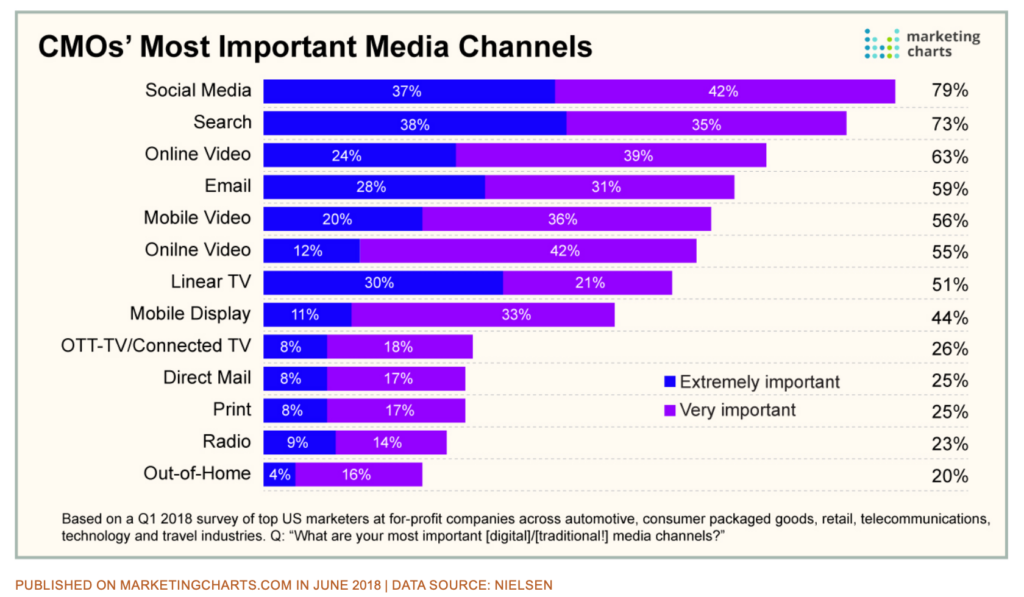
The key is to be able to coordinate these channels to reinforce your message and its impact.
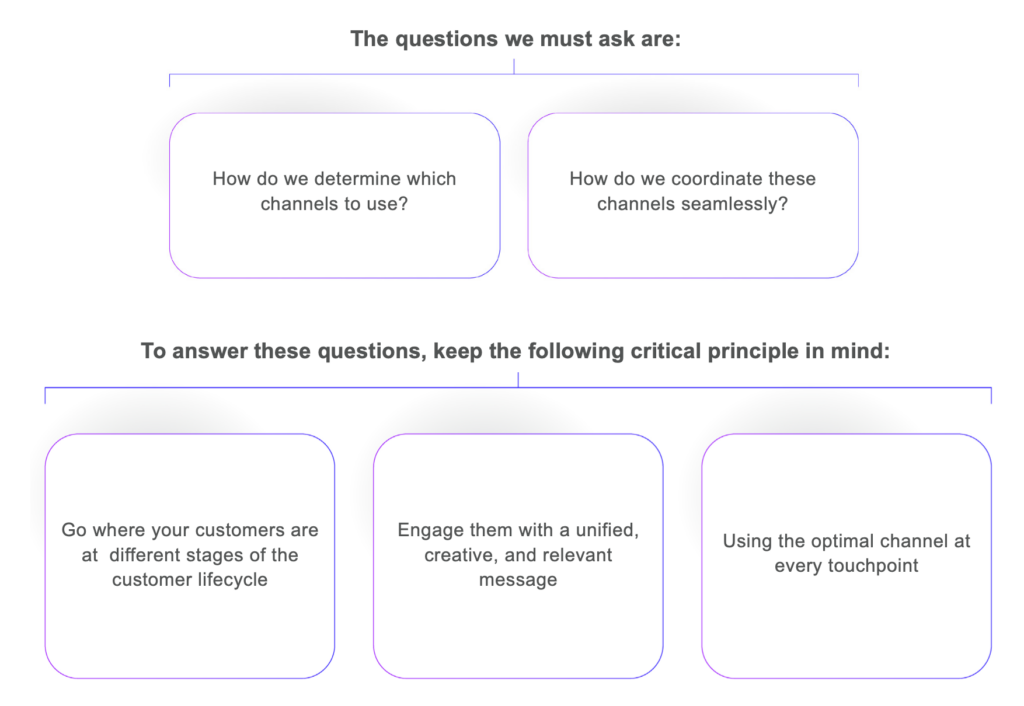
Let’s break the principle down, bit by bit, to thoroughly understand it:
- Go where your customers are
A simple exercise to determine the channels to use, depending on where your customers are, is known as ‘A day in the life of…’. The exercise involves imagining a typical day in the life of your target customer to determine the touchpoints and channels that might be relevant for them. Use the diagram below as a springboard for the activity, writing in as much detail as possible about their day.

Next, list the marketing channels that they are likely to be exposed to in the course of their day. Do they watch TV in the mornings? Are they likely to pass billboards on their way to work? Will they scroll through social media at lunchtime? Do they browse news websites on their break? Get on their tablets in the evenings? These insights become very valuable when choosing the types of channels to use in your campaign. Also, determining which points in the day they are likely to come in contact with that channel, and when they are likely to be in the best frame of mind to consider your product are equally important.
You can validate your assumptions through research. For instance, take a look at the chart from social media management platform Sprout Social that shows the best days and times to post on Facebook to ensure maximum engagement from users:
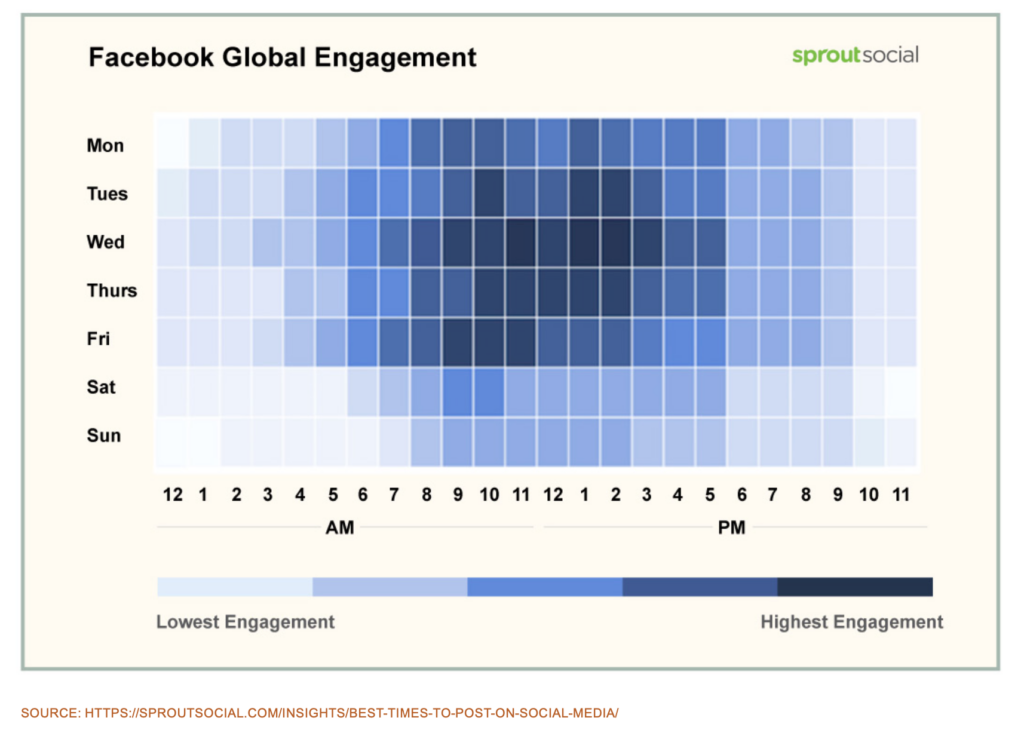
- Assess the marketing funnel to determine which channels to use at each stage
The marketing funnel is a useful tool to consider when creating your integrated marketing communications strategy. The framework consists of four key stages:
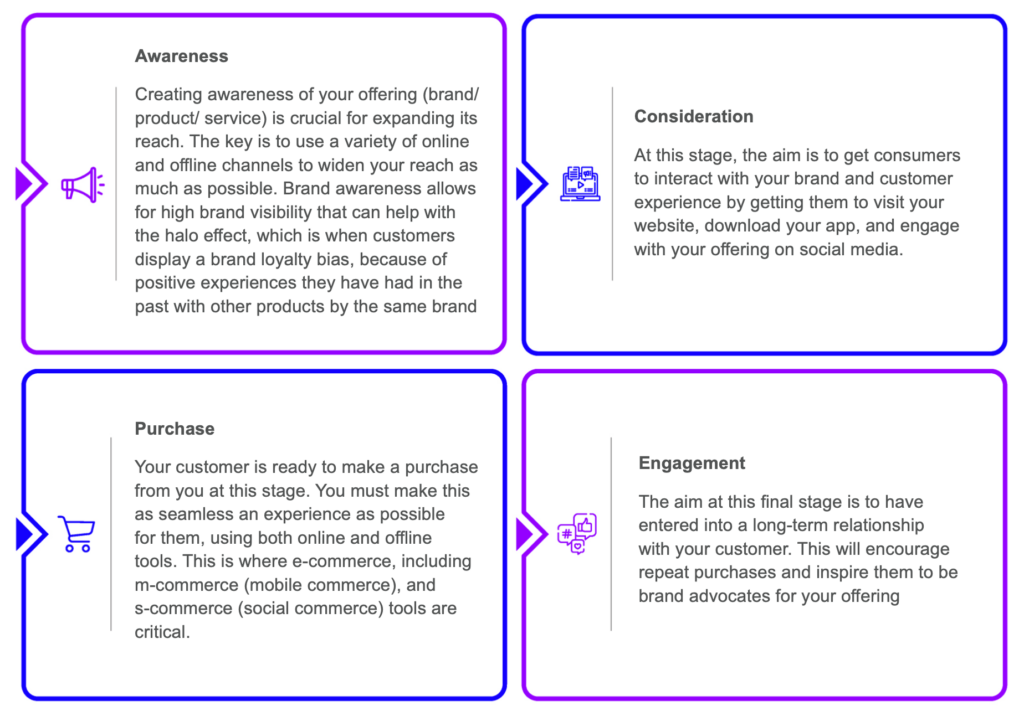
Awareness: Creating awareness of your offering (brand/ product/ service) is crucial for expanding its reach. The key is to use a variety of online and offline channels to widen your reach as much as possible. Brand awareness allows for high brand visibility that can help with the halo effect, which is when customers display a brand loyalty bias, because of positive experiences they have had in the past with other products by the same brand.
Consideration: At this stage, the aim is to get consumers to interact with your brand and customer experience by getting them to visit your website, download your app, and engage with your offering on social media.
Purchase: Your customer is ready to make a purchase from you at this stage. You must make this as seamless an experience as possible for them, using both online and offline tools. This is where e-commerce, including m-commerce (mobile commerce), and s-commerce (social commerce) tools are critical.
Engagement: The aim at this final stage is to have entered into a long-term relationship with your customer. This will encourage repeat purchases and inspire them to be brand advocates for your offering.
Based on what you know about your customers, and the channels they are likely to be exposed to, as well as an understanding of the marketing funnel, you should now be able to develop a plan for the channels you want to use across different touchpoints.
Look at the example below to better understand how to create a plan:
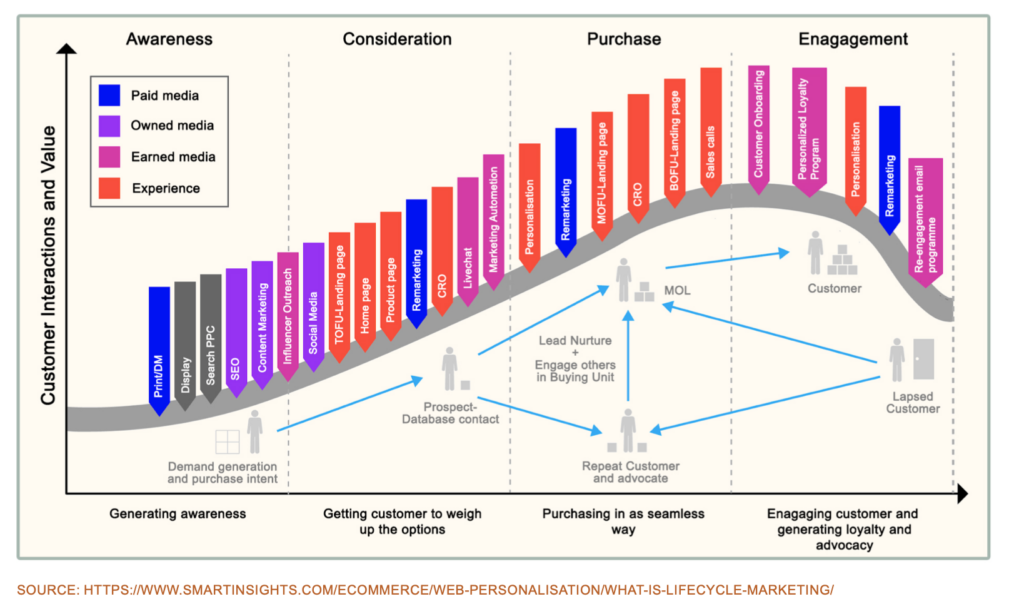
- Engage them with a unified, creative, and relevant message
After the channel-selection process, think about how you might want to creatively approach each touchpoint to ensure a seamless, consistent experience for your customers. It will help to keep in mind the four components of Integrated Marketing Communications:

Let’s highlight these learnings with an example:
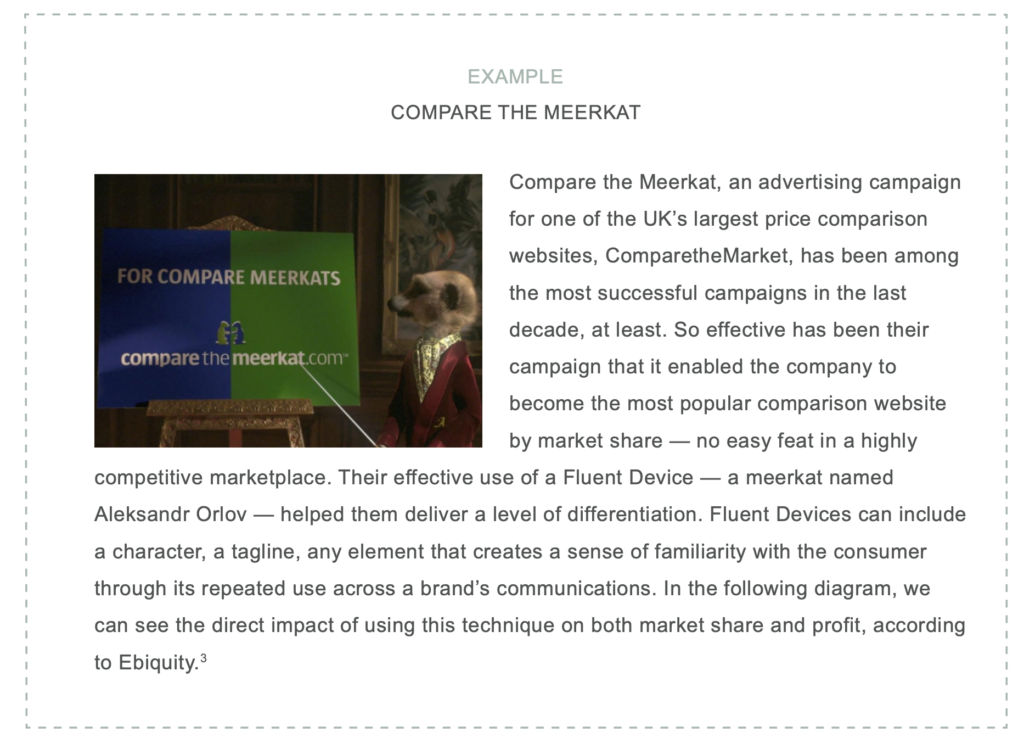
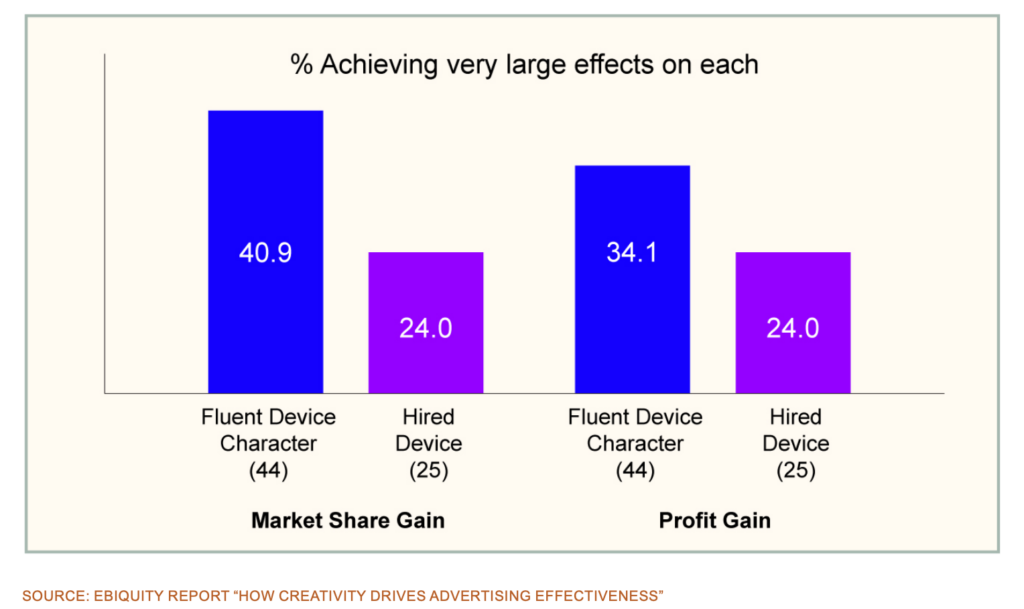
However, perhaps the genius of the campaign lay in how they used different channels to bring the storyline and character to life, encompassing the four components of IMC: coherence, consistency, continuity, complementary.
ComparetheMarket maintained the storyline of the Meerkat family for well over a decade, successfully unfolding the campaign across different media. They launched on TV with a 30-second advert. To build on the character’s backstory, they introduced family members into the narrative, using long-form video across their digital channels. They then carried the narrative over to the website, where with each policy sold via the website, a free stuffed toy, representing one of their characters, was given away to the buyer. They also made clever use of CRM to portray the journey of the mascot from the factory to your doorstep to add to the sense of anticipation. The campaign relied on consistency and coherence throughout, also periodically introducing new family members and different storylines to keep things fresh.
In the past, most companies would rely on the same content being run over and over across different channels. Today, advertisers and companies are making better use of available channels by revealing different parts of their campaign through them. This is an important strategy in keeping audiences engaged and invested, and reducing audience fatigue. It also helps increase the longevity of the story and, in some cases, makes your brand synonymous with the characters.
Integrating digital media
It bears mention that all successful campaigns, today, have an integrated digital component where the message and creative are enhanced, personalised, and brought to life. It’s therefore vital that you consider how your content and creative format translates across the digital landscape.
To understand how digital media can be integrated with other channels for optimal customer reach and engagement, it is critical to recognise the defining characteristics (Ivanov, 2012, pp. 536–542) that distinguish it from traditional media.
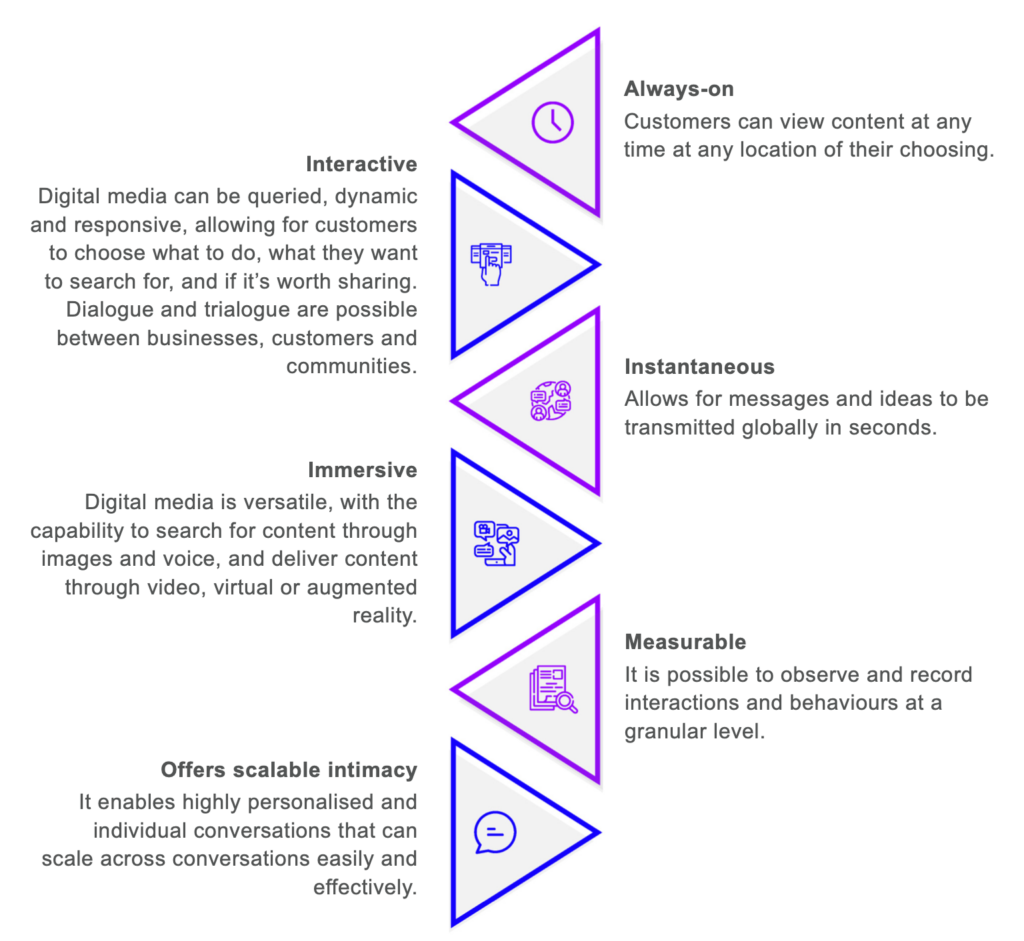
Remember, digital media does not extend to just online channels — offline channels can be digitised, or traditional campaigns can be made to go viral in a digital format through the clever use of social media.
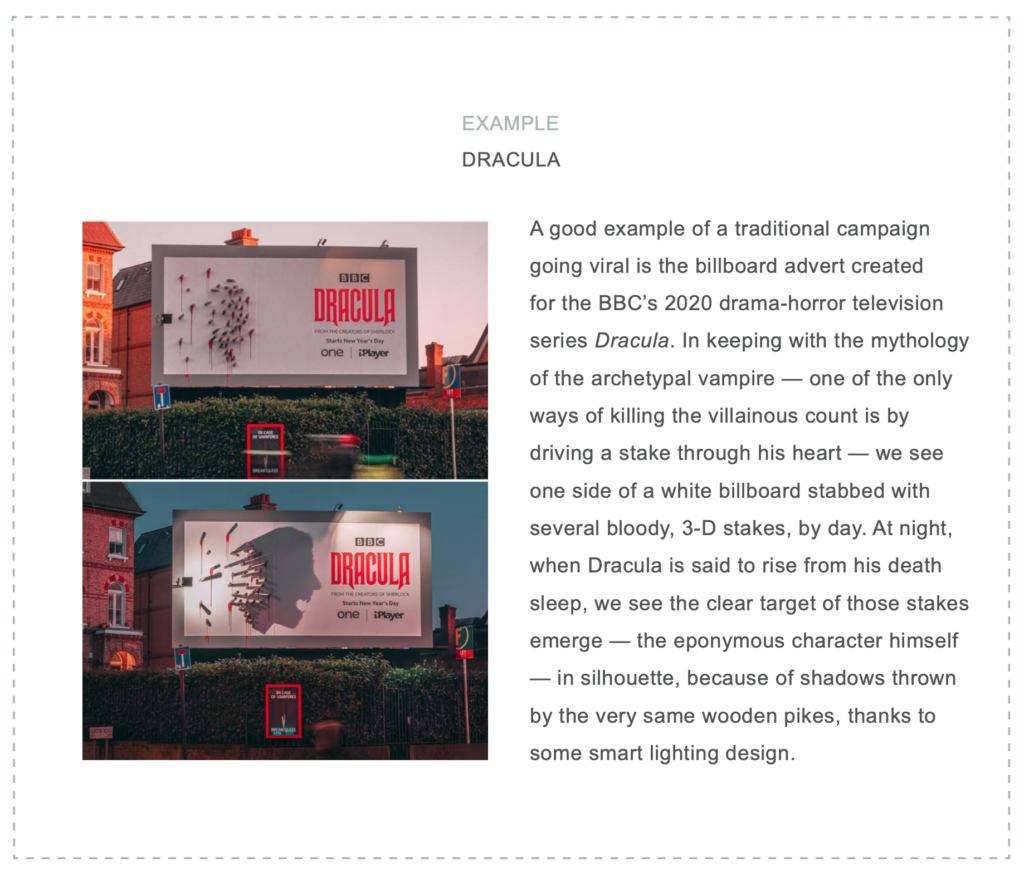
It is also important to keep your channel and creative choices somewhat flexible, as proven during the recent pandemic. The following case study shows how snack brand, Emily Crisps, handled the launch of their outdoor campaign during a nationwide lockdown.
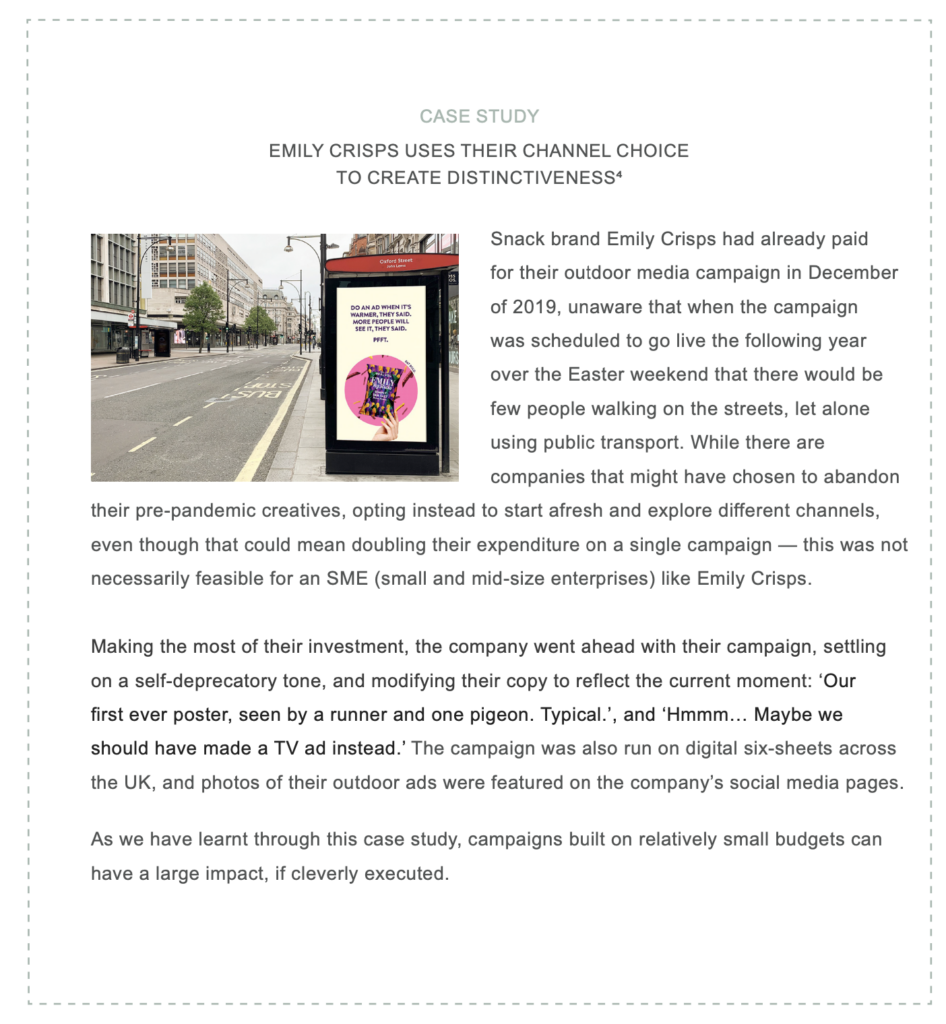
Media-planning template
Now that you have determined the channels you would like to use for your marketing campaign, create a monthly media plan. Here is a template you can use for each month:
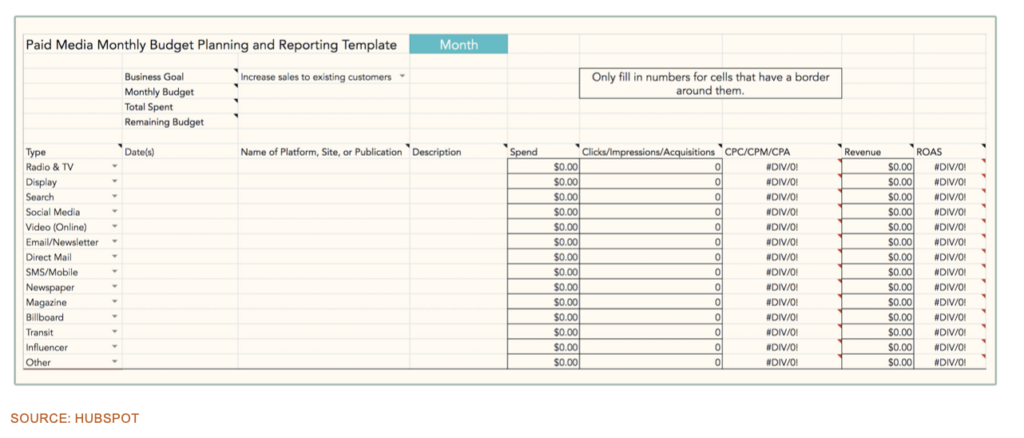
Here are a few key points to consider:
